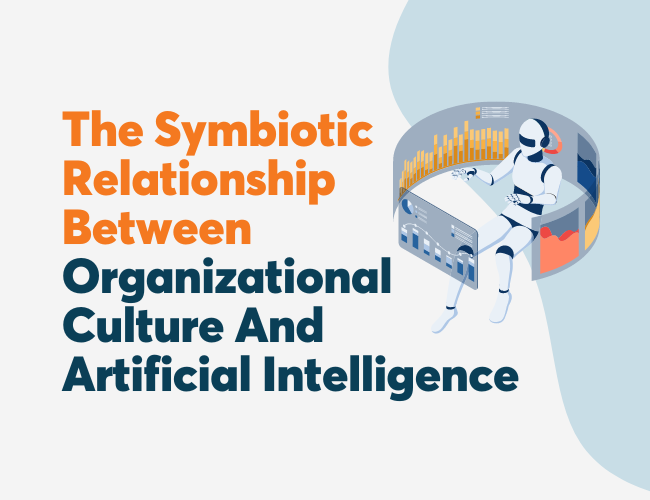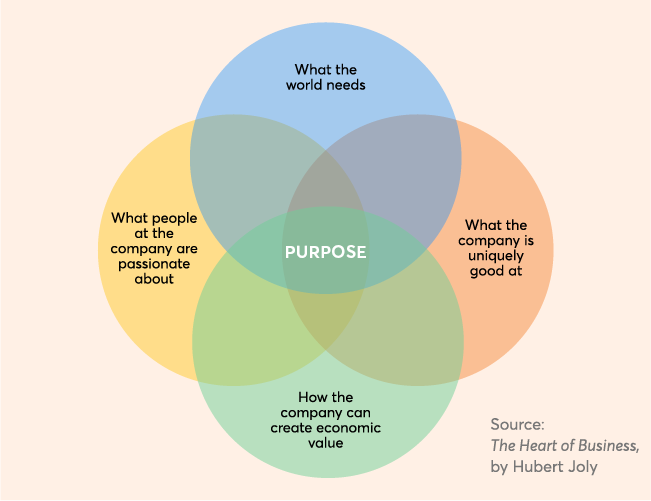As more and more workers experience pandemic-induced stress, corporations are turning to wellness programs, especially digital ones, in order to alleviate the burden that comes with the changing work environment. To use these offerings effectively, it is necessary to be clear on what they do and don’t do. It is important to keep in mind that wellness programs are designed to make people happier and healthier in the particular environments that they are in without changing those environments. However, they aren’t all equally effective in every situation that people find themselves in, and some circumstances are simply too deleterious for any wellness solution to do its job effectively.
Because they are cheaper than many alternatives and easily accessible from anywhere, digital solutions have become especially popular during the pandemic. As Jenna Wortham notes in her article, The Rise of the Wellness App, “Mindfulness apps like Calm, Headspace, Fabulous, Rootd and Liberate all surged over the past year, downloaded by people in search of reprieve from the crushing anxiety of the virus.” Unfortunately, these apps are likely to amount to partial solutions at best. This is, at least in part, due to the fact that these wellness solutions aim to treat the mental ailments that people are suffering from with content that is delivered through the same screens that are causing their states of distress in the first place. So, environments like the pandemic limit the effectiveness of at least some digital solutions.
Other contexts negatively impact well-being in such a way that changing the environment is required in order to improve the lives of those within it. As Wortham emphasizes, “There’s simply no amount of free therapy or other corporate wellness perks that can offset the toxicity of racism and sexism in the workplace.” In these sorts of scenarios, while wellness solutions can play a role in restoring mental well-being, the environmental factors that are at the root of the problem need to be dealt with head on.
Aside from being aware of how the effectiveness of any given wellness solution interacts with the environment in which it is being used, it is also important to have a clear sense of the specific effect that each one is built to produce. Mindfulness is a prime example of solution whose primary effect is sometimes misrepresented by marketers and misunderstood by purchasers. Randima Fernando, a teacher at a dharma talk that Wortham attended, states that “Mindfulness is less about reducing stress and more about reducing dissatisfaction […] But marketing stress reduction is more successful, and definitely more likely to win a download or corporate account.” In cases where wellness programs are purchased on the basis of these sorts of misunderstandings, workers will be left with wellness offerings that are ill-suited to treat their wellness needs.
Takeaways
So, what should employers who want to improve the lives of their employees do in light of these considerations? First and foremost, employers should serve as stewards of their employees’ health. Whether this involves being keenly aware of the sources of their employees’ stress or getting informed about when and where to deploy particular wellness solutions, the chances of getting the most out of a wellness program increase when employers do their research and invest appropriately.
What does this amount to when it comes to digital solutions? Should they be avoided completely? That would be a couple of steps too far, but companies should be pickier about the digital solutions that they chose to deploy. For example, in many instances, a digital platform that requires one to be active and to step away from their screen is to be preferred over one that does not. This consideration is all the more important when those who will be using the solutions have associated an unusually high degree of stress with their devices, like during a pandemic when screen time is at an all-time high.
More broadly, employers should remember that some sources of dissatisfaction in the workplace can’t be overridden by any wellness program, regardless of the form in which its content is delivered. Although they may always push well-being in the positive direction, certain circumstances may prevent them from turning ill-being into well-being. The upshot of this is that companies must build a culture of health before they can reasonably expect a wellness program to help their employees thrive.












